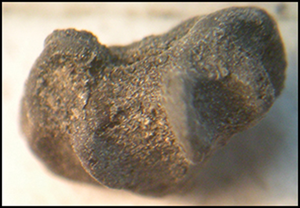Article contents
Hallucinogens, alcohol and shifting leadership strategies in the ancient Peruvian Andes
Published online by Cambridge University Press: 12 January 2022
Abstract

In the pre-Columbian Andes, the use of hallucinogens during the Formative period (900–300 BC) often supported exclusionary political strategies, whereas, during the Late Horizon (AD 1450–1532), Inca leaders emphasised corporate strategies via the mass consumption of alcohol. Using data from Quilcapampa, the authors argue that a shift occurred during the Middle Horizon (AD 600–1000), when beer made from Schinus molle was combined with the hallucinogen Anadenanthera colubrina. The resulting psychotropic experience reinforced the power of the Wari state, and represents an intermediate step between exclusionary and corporate political strategies. This Andean example adds to the global catalogue documenting the close relationship between hallucinogens and social power.
- Type
- Research Article
- Information
- Copyright
- Copyright © The Author(s), 2022. Published by Cambridge University Press on behalf of Antiquity Publications Ltd.
References
- 10
- Cited by




